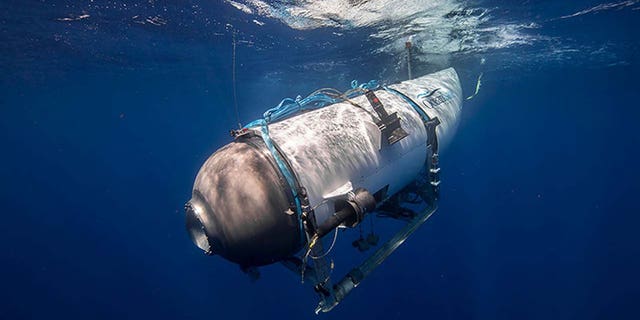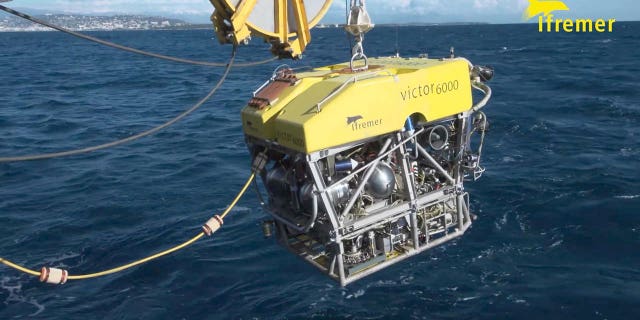A remotely operated vehicle found a “debris field” in the days-long search for five ocean explorers missing aboard the OceanGate Titan submersible, a deep-sea vehicle that vanished Sunday in an attempt to dive to the wreck of the Titanic, the U.S. Coast Guard said Thursday morning.
“Experts within the unified command are evaluating the information,” the Coast Guard announced on Twitter.
Additional details were not immediately available, but authorities were expected to give an update soon.
The Titan lost contact with its surface vessel, the Polar Prince, around 1 hour and 45 minutes into its dive Sunday morning, about 900 miles east of Cape Cod, Massachusetts, and around 400 miles southeast of St John’s, in Canada’s Newfoundland.

Inside the sealed vehicle are OceanGate CEO Stockton Rush; British businessman turned adventurer Hamish Harding; father-and-son Shahzada and Suleman Dawood, who are members of one of Pakistan’s wealthiest families; and Paul-Henry Nargeolet, a former French navy officer and leading Titanic expert.
The U.S. Coast Guard headed a unified command that involved commercial assets, research vehicles and military counterparts from Canada, France and the United Kingdom.

Search-and-rescue crews spent the week deploying high-tech buoys, robotic vehicles known as ROVs, surface vessels and aerial searches in an effort to pinpoint the missing sub’s location.
On Tuesday and Wednesday, Canadian pilots picked up repeated sounds during their search.

Carl Hartsfield, a retired Navy captain and a scientist from the Woods Hole Oceanographic Institution, said during a USCG briefing that the noises had been “described as banging.”
Authorities did not elaborate and had not discovered their source on Wednesday.

